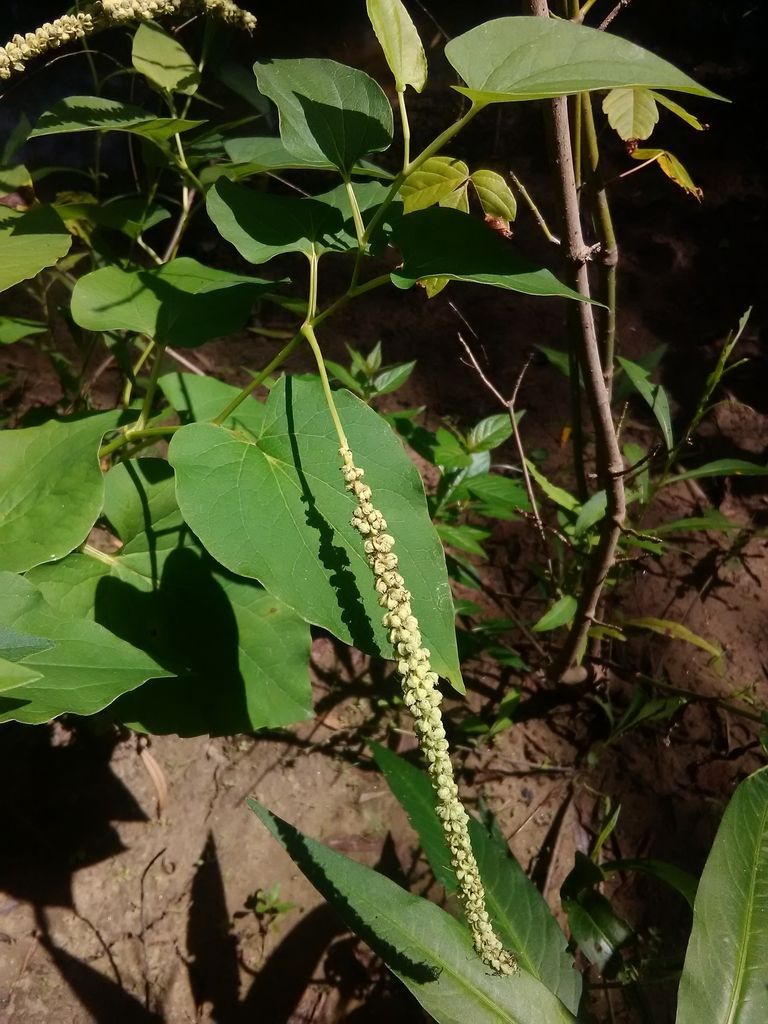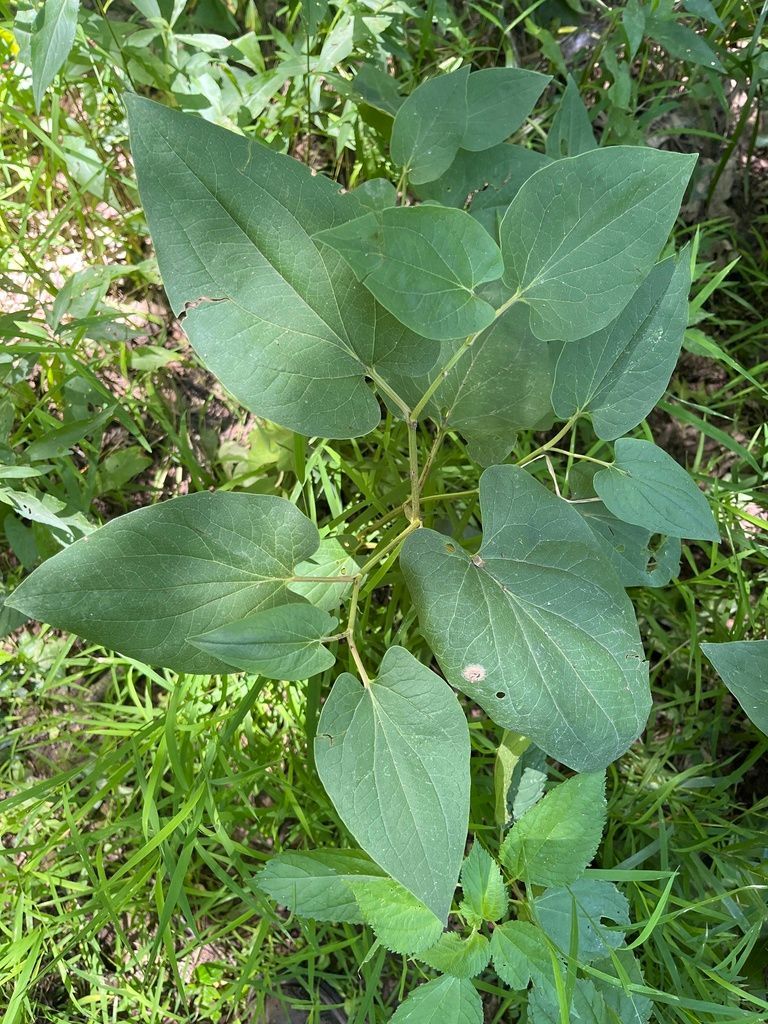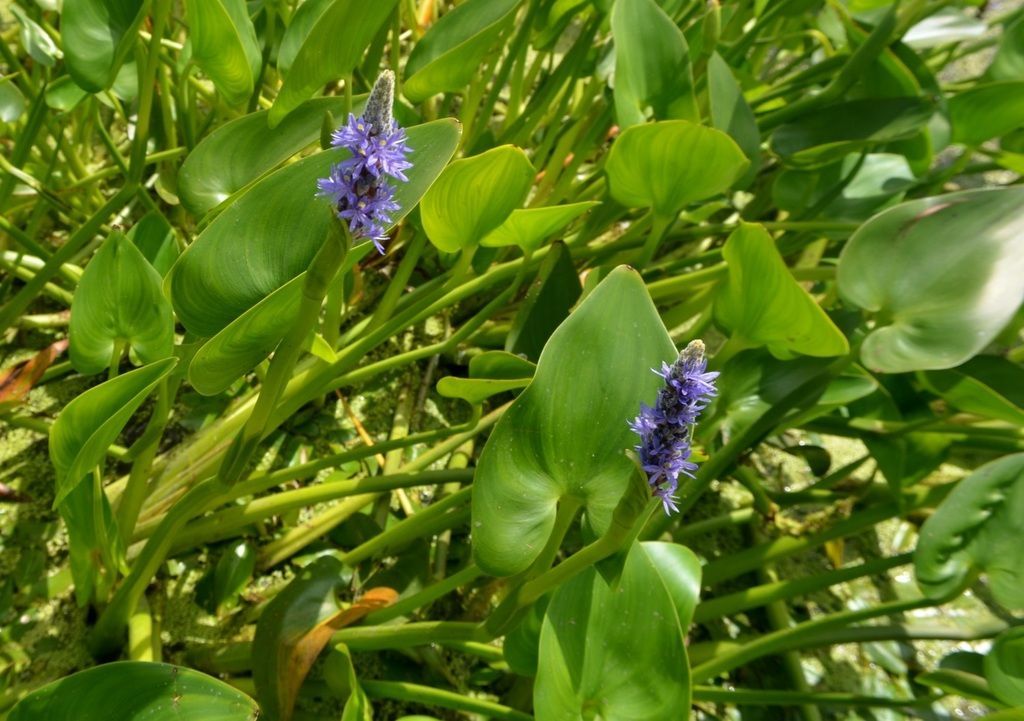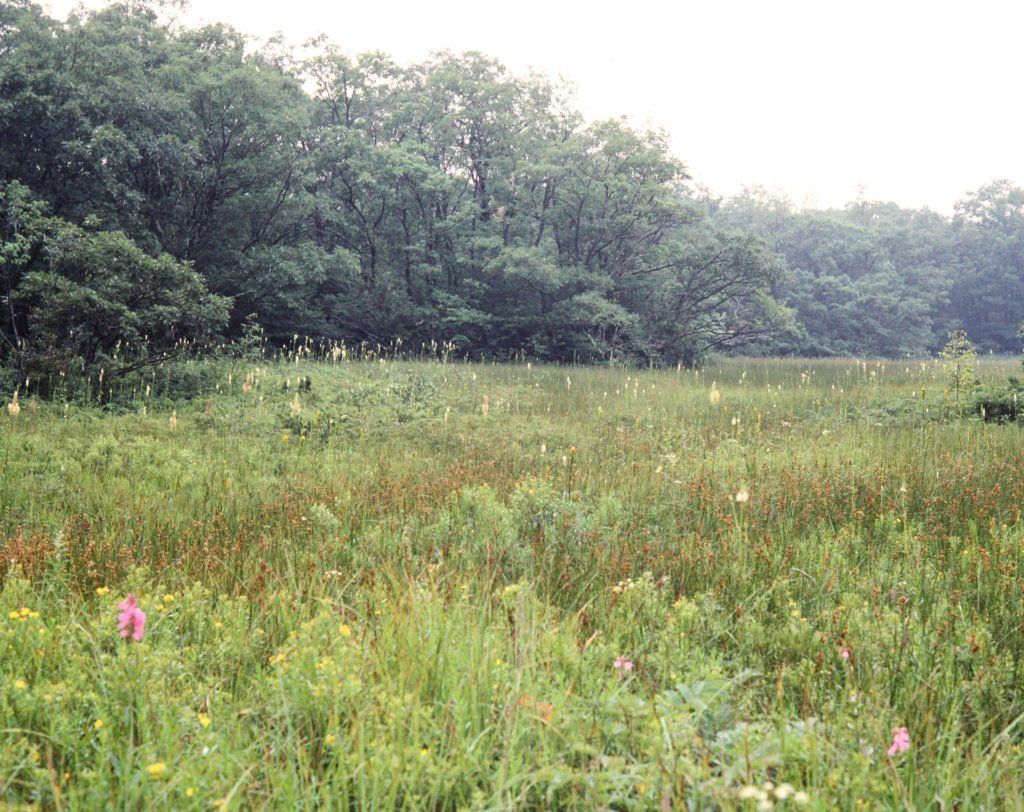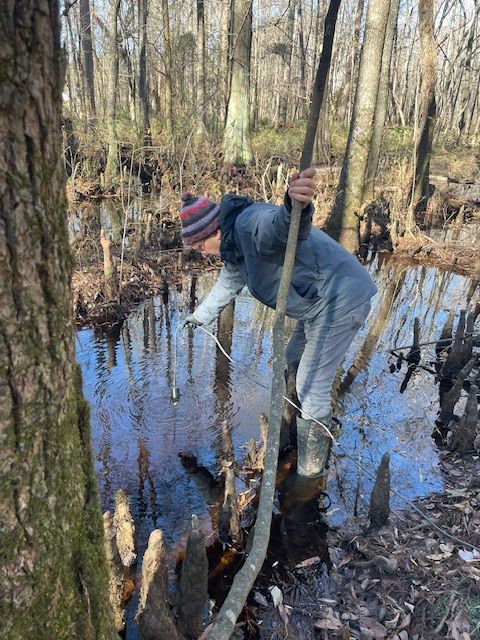Plant of the Month: Lizard's tail
Lizard's tail (Saururus cernuus)
By: Bryce Carelton
Saururus cernuus, often called “Lizard’s tail”, is a common herbaceous perennial found at our wetlands monitoring sites and other wetland areas in eastern-to-central North America. They are a native species to this part of the world, and grow primarily in wet or saturated soils, even in shallow waters. As such, it is as an obligate wetland plant in the Mountains, Piedmont, and Coastal Plain. If you find it, you are likely in a wetland!
A perennial plant, after its blooming season, the Lizard’s tail will die back, but the roots remain alive until the next growing/blooming season when it grows back out and blooms.
The Lizard’s tail got its common name from the very distinct droopy, white shape of the flowers that bloom during the summer months, almost resembling a lizard’s tail. The plant can grow up 0.5 -1 meter tall and the cone, or “tail”, can grow to about 3-6 inches long. They typically grow in dense patches, and often can sprout multiple stalks from one set of roots called rhizomes. In the fall, the plant fruits, and the seeds can straighten out.
The Lizard’s tail has entire, heart-shaped (cordate) leaves that alternate along a zigzag stem. Pickerelweed (Pontederia cordata) has similar, but unpointed leaves.
Lizard’s tail is a known food source for beavers and possibly some beetles; where there are beavers, you can often find Saururus cernuus nearby. The Lizard’s tail plant is also often utilized in efforts to restore or create wetlands. Native Americans have used them in medicines to reduce inflammation/swelling.
For more plant resources check out the following resources.
Common Wetland Plants of North Carolina
Useful keys through the herbarium
Plant key and more information about plant parts and leaf characteristics
Don't forget to check out our our iNaturalist page to see all the plants we've found so far!
You might also like

Mailing Address
Carolina Wetlands Association
PO Box 3359
Raleigh, NC 27636
Mailing Address
Carolina Wetlands Association
PO Box 3359
Raleigh, NC 27636
Mailing Address
Carolina Wetlands Association
PO Box 3359
2Raleigh, NC 27636
All Rights Reserved | Carolina Wetlands Association
